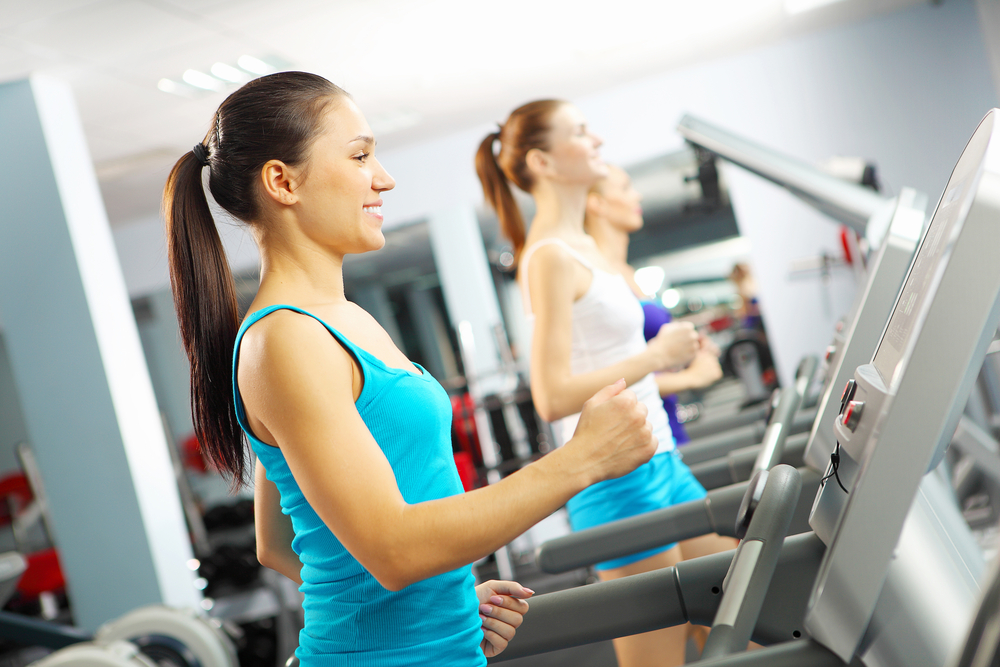How a treadmill calculates calories
This is an overview of the basics of how to run a treadmill. We will go into the different programs, how to set the treadmill up and what the best way is to lose weight.
Related articles
How treadmill calculate calories
The amount of calories you burn on a treadmill depends on many factors. A good rule of thumb is that you burn about 100 calories per 10 minutes on the treadmill. Based on the data you provide at the beginning of the run the treadmill will calculate your calorie burn.
The factors which play a role are:
-
Weight
-
Age
-
Stride length
-
Intensity
-
Efficiency
-
Fitness
-
Handrails
The More input the software asks for, Th more accurate your statistics are. Still, the metrics will always stay crude and if you want to count calories you might want to go for 50 to 100 calories more just to make you have hot your goal.
The more you weigh the more calories you will burn. Keeping 100 kilograms moving is a lot harder than 50 kilograms. This is why most top-class marathon runners are not very heavy. What works against you on a treadmill works on your favor in weightlifting. The bigger you are the easier it becomes to move big weights. It’s physics.
Your age also plays a role in how you respond to physical stress. Generally, the older you are the fewer calories you need and the fewer you burn. This is based on an interplay of lower hormone levels, cell growth decrease and generally the effects of age. Of course, these can be counteracted by an active lifestyle and healthier choices. Ultimately we will all slow down. We can influence how fast and how early this happens in our lives.
The longer your strides the fewer calories you will burn. Stride length is one of the factors long-distance runners look into to be faster and run for longer. Some top models of Garmin measure your stride length so that you can improve it. Optimize your stride to be able to stay on the treadmill for longer or run faster for the same amount of time. Artificially shortening your stride to burn more calories is penny wise and pound foolish.
How fast you run also influences how many calories you burn to a huge degree. Beginners tend to run too fast to break in a sweat and then burn out after 5 minutes on the treadmill. Aim for 20 minutes where the sweat really starts pouring from 10 minutes onward. That is the sweet spot. The more experienced you get the faster you can run. Do one interval A week to improve and really push the limit. Keep the rest in fat burning areas.
How efficient you run has an impact on how many calories you burn. The more experience you gain with running the fewer calories you will burn given everything else is equal. This is why you should keep pushing to improve within means. Otherwise, the effectiveness of your cardiovascular training will decline over time. A very easy way to track this is to run more kilometers at the same time.
The fitter you are the fewer calories you will need to produce the same amount of force as someone else. While efficiency is related to technique fitness is related to your body and how trained you are. Someone who is a weightlifter and runs for the first time will probably do better than someone of the same height, age, and weight how does no exercise.
The handrails also have an effect on how many calories you burn. The more you use them the fewer calories you will burn per minute. I personally only use them for emergency exits.
If you have a very fancy treadmill it will also do inclines. The steeper the incline the more calories you will burn. If you want to simulate running outdoors on a treadmill use a 1% to 2% incline. If you are very fit and want to maximize calories burned per minute you can use the VersaClimber or Jacobs ladder.


